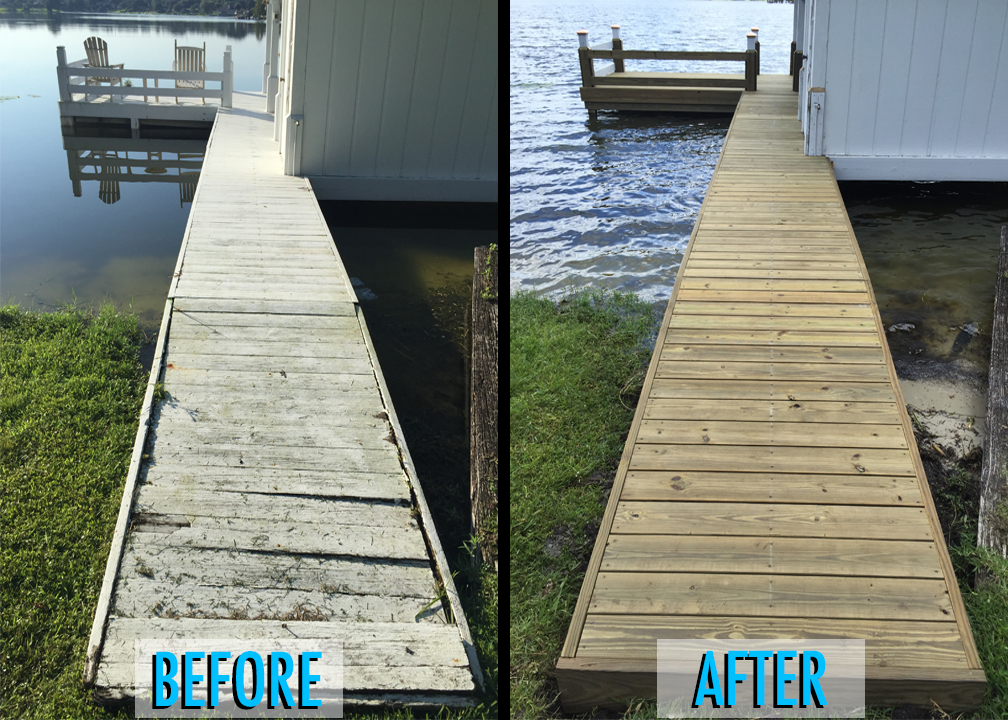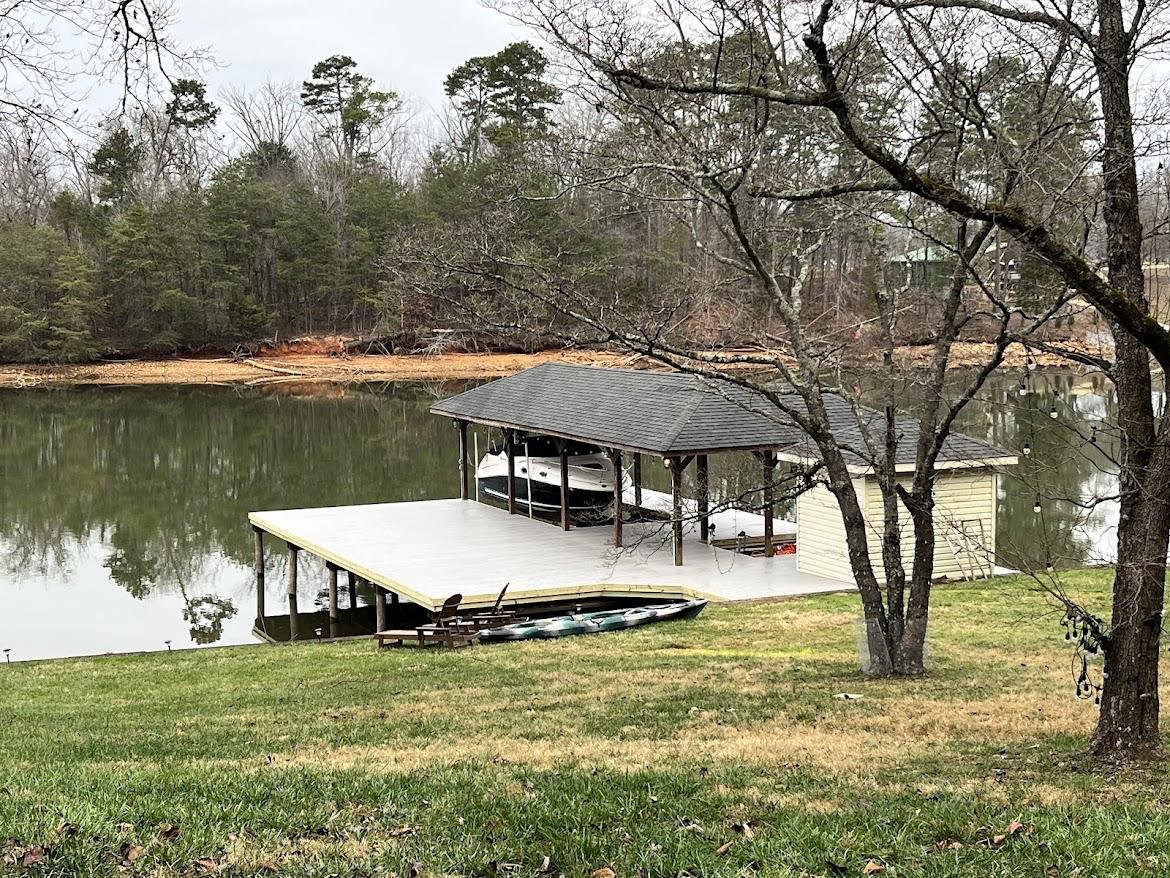Why Regular Upkeep Can Lower Future Dock Repairs
Why Regular Upkeep Can Lower Future Dock Repairs
Blog Article
Effective Dock Fixing Techniques: Ensuring Architectural Stability
Guaranteeing the architectural honesty of anchors through reliable fixing techniques is paramount for the long life and security of aquatic facilities. This entails a multi-faceted approach starting with extensive inspections using innovative technologies like finder devices and remotely operated cars (ROVs) to detect both visible and concealed damages. Ultimately, selecting the ideal repair products, such as composite materials and corrosion-resistant alloys, is essential for sturdiness. Structural support techniques, including the execution of cross-bracing systems and load-distribution plates, play an important duty in mitigating stress and anxiety factors. Nonetheless, the value of these strategies becomes noticeable when checking out sophisticated fixing approaches and preventative maintenance approaches.
Assessing Dock Damages
Analyzing dock damages is a crucial initial step in ensuring the structural honesty and safety of any kind of docking center. This first analysis includes an extensive examination to determine both concealed and visible problems. Trick elements to analyze consist of the dock's foundation, pilings, outdoor decking, and equipment. Each part should be scrutinized for indicators of wear, rot, deterioration, or other forms of deterioration that could compromise the architectural integrity.
Architectural engineers or qualified inspectors typically do these assessments using specialized devices and techniques. For example, undersea evaluations could use sonar devices or from another location ran lorries (ROVs) to identify submerged damage. Above water, visual inspections are matched by making use of dampness meters and other diagnostic tools to uncover underlying issues not immediately visible to the naked eye.

Deciding On Repair Work Products
Choosing the suitable repair products is an essential action in the dock reconstruction procedure, one that straight affects the long life and performance of the repaired structure. Product choice must be driven by factors such as environmental problems, load-bearing demands, and compatibility with existing dock elements. For instance, wood is a typical option for docks due to its all-natural resilience and aesthetic appeal. Picking the best type of wood, such as pressure-treated lumber or normally rot-resistant types like cedar or teak wood, is vital to withstand aquatic settings.
Along with wood, composite materials are significantly popular as a result of their sturdiness and reduced maintenance requirements. Composites, usually made from a mix of plastic and wood fibers, offer exceptional resistance to rot, insects, and UV damages. For steel anchors, choosing corrosion-resistant alloys such as galvanized steel or marine-grade light weight aluminum is important to protect against rust and guarantee architectural stability in saline water problems.
Epoxy materials and marine-grade sealers are crucial for repairing splits and sealing joints, giving a water resistant obstacle and boosting the dock's general strength. By meticulously picking high-quality materials, dock repairs can attain long-lasting outcomes, therefore guarding against future deterioration and ensuring safe, trusted use.
Architectural Reinforcement Techniques
Reliable architectural reinforcement techniques are important in making certain the stability and durability of dock repair services. One fundamental method includes using steel or composite support bars (rebar) within concrete frameworks. Rebar offers extra tensile stamina, stopping splits and distributing lots extra equally. This approach is especially effective for anchors revealed to hefty lots or extreme ecological problems.
Another crucial method is the application of fiber-reinforced polymers (FRP) These products supply high strength-to-weight proportions and outstanding resistance to rust, this contact form making them excellent for reinforcing concrete or wooden docks. FRP can be used in sheets or strips and bound with epoxy materials to enhance architectural honesty.
Supporting and anchoring systems likewise play a vital role in architectural reinforcement. Cross-bracing, utilizing steel or wood beam of lights, can combat side forces, decreasing swaying and activity. Anchoring systems, such as helical piers or driven piles, provide a secure structure by transferring loads to much deeper, much more secure dirt layers.
Last but not least, the combination of load-distribution plates can assist disperse weight extra uniformly throughout the dock's surface area, reducing localized anxiety points. These strategies collectively guarantee that anchors remain secure and durable, qualified of standing up to the roughness of their functional environment.
Advanced Repair Service Approaches

Another sophisticated method entails undersea welding, which permits for repair services to be conducted without the need to dewater the location. This method is especially advantageous for dealing with structural issues in immersed dock components, guaranteeing marginal disturbance to operations. Enhanced welding methods, coupled with robot systems, deliver precision and dependability, thereby prolonging the lifespan of her latest blog the dock.
Additionally, cathodic defense systems are executed to protect against corrosion in metal dock frameworks. By making use of sacrificial anodes or impressed current systems, these strategies successfully mitigate the electrochemical processes that cause product degeneration.
Last but not least, progressed surveillance modern technologies, such as structural health tracking (SHM) systems, offer real-time data on the condition of dock structures. These systems allow aggressive maintenance and prompt interventions, ultimately ensuring the long-lasting structural integrity of the dock.
Maintenance and Prevention
Upkeep and avoidance are fundamental concepts that underpin the longevity and safety of dock structures. Routine assessments are critical, permitting very early detection of deterioration, possible weaknesses, and ecological effects. A positive strategy, involving regular look for corrosion, rot, and architectural changes, minimizes pricey repairs and prolongs the dock's functional life.
Preventative steps ought to include applying safety finishes to metal parts to defend against rust and using cured wood to withstand degeneration. Furthermore, guaranteeing appropriate drain and ventilation can avoid water build-up, which is a common root cause of architectural degradation. Integrating high quality materials and adhering to manufacturer standards throughout building and construction and repair service stages additionally play critical roles in improving resilience.

Training personnel in dock upkeep best practices makes sure consistent application of preventive measures. Leveraging technical breakthroughs, such as drones for assessments and sensing units for real-time monitoring, can better boost upkeep efforts. By prioritizing maintenance and prevention, dock proprietors can guarantee architectural honesty, functional security, and cost-efficient administration over the dock's life-span.
Verdict
In verdict, maintaining the architectural honesty of marine centers demands comprehensive dock repair methods. Complete evaluations making use of advanced tools uncover both visible and concealed problems, while the selection of suitable repair service products boosts longevity. Carrying out structural support methods addresses stress and anxiety factors effectively. Advanced fixing methods, paired with normal upkeep techniques, guarantee the dock stays risk-free and functional under diverse ecological problems. Embracing these methods considerably extends the lifespan and functionality of marine infrastructure.
Making certain the architectural stability of anchors via efficient repair service methods is critical for the durability and safety of marine centers.Choosing the appropriate repair materials is a pivotal step in the dock restoration procedure, one that directly affects the long life and performance of the fixed framework.Efficient architectural reinforcement methods are vital in ensuring the read the article stability and durability of dock repair work. By focusing on upkeep and avoidance, dock proprietors can make certain structural stability, functional safety, and cost-efficient monitoring over the dock's life-span.
In verdict, maintaining the architectural stability of aquatic facilities requires extensive dock fixing strategies.
Report this page